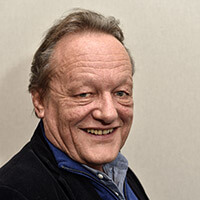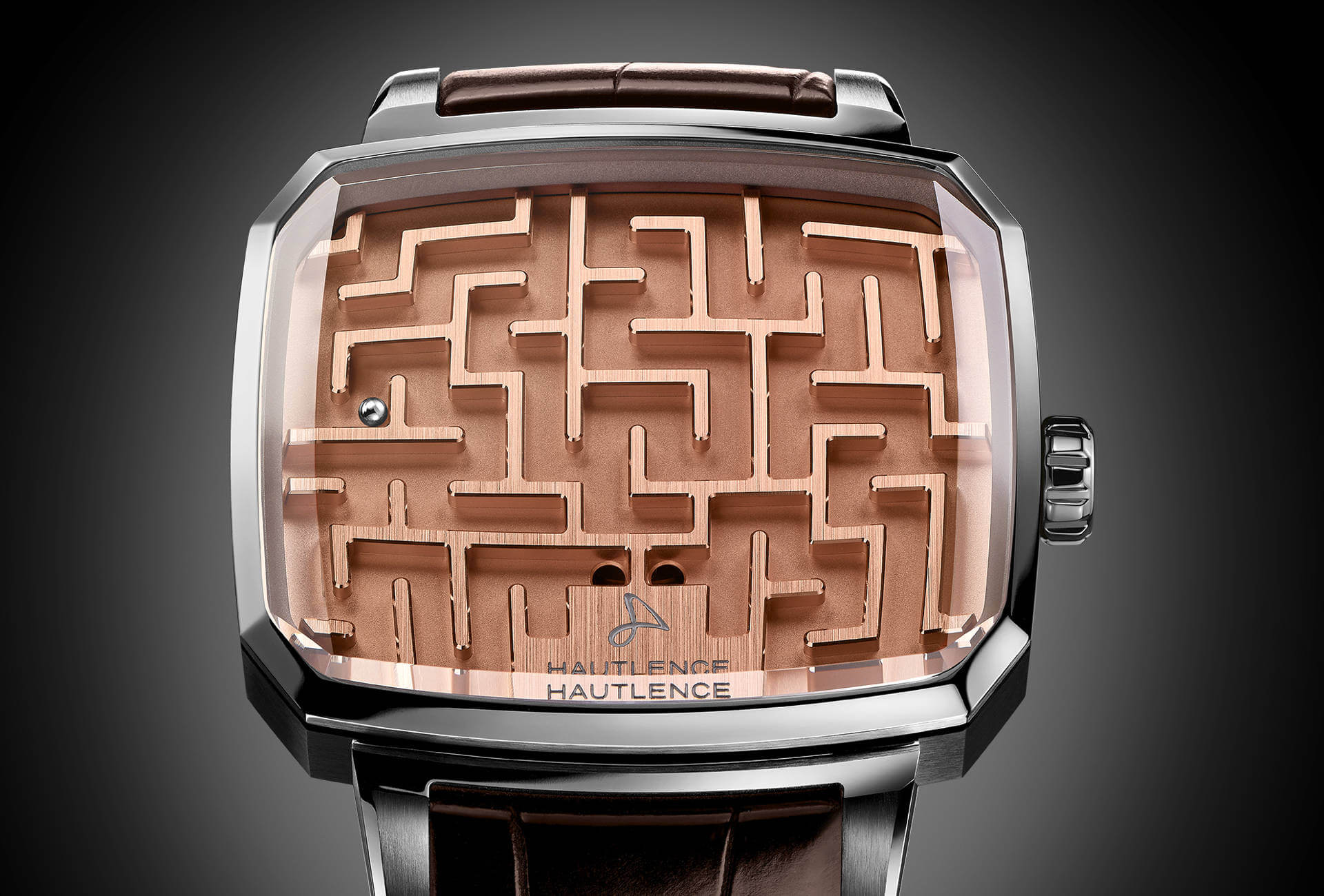Cartier blazed a trail when in 1984 it set up its Fondation pour l’Art Contemporain. In September 2014 in Paris, LVMH cut the ribbon on its art museum, the work of superstarchitect Frank Gehry and home to the Fondation Louis Vuitton. François Pinault, who owns Kering (with watch brands Girard-Perregaux, Ulysse Nardin and Gucci), turned his nose up at the French establishment and chose the Palazzo Grassi and the Punta della Dogana in Venice to show his fabulous contemporary art collections. In a similar vein, Audemars Piguet works closely with Art Basel and its crowd-pulling network of international fairs. Rolex, never one for ostentation, has its Mentor and Protégé initiative, discreetly led by world-class names in dance, film, literature, music, theatre, visual arts and architecture. From the earliest days of the Swatch epic, Swatch Group has “made art” by inviting artists from around the world to customise its Swatches. Also, the Swatch Art Peace Hotel welcomes artists-in-residence at its fabulous location on The Bund in Shanghai. It’s a far from exhaustive list. But what is it that makes watch brands so intent on mingling in with the major institutions of globalised contemporary art?
Image gain
As we’ve attempted to show over the course of these articles, the “almost-art” of watchmaking is unhappy with its position on the fringes of the art – or more exactly Art – world. Unlike watchmaking, art need not justify itself. Unlike a watch, an artwork has no obligation to be reliable, precise, repairable or come with a warranty. Watchmaking envies art, and strives to cover up its humble origins so that it might accede to art’s noble rank, free from constraint and at one with the good and the great.
Several factors are at stake. Art has a symbolic dimension that watchmaking cannot rival. To build, as Bernard Arnault has done, an extravagant vessel of billowing curved glass and fibre-reinforced concrete on the edge of the Bois de Boulogne woodland park is a show of power, and a thumb of the nose at the French state and political authority by demonstrating that others have the means to weigh symbolically. Art is a soft power.
“We wanted to present Paris with an extraordinary space for art and culture, and demonstrate daring and emotion by entrusting Frank Gehry with the construction of an iconic building for the 21st century,” Bernard Arnault declared. “An icon for the 21st century” – such is the scale of ambition represented by this building, budgeted at €100 million, plus public funding in the form of tax incentives.
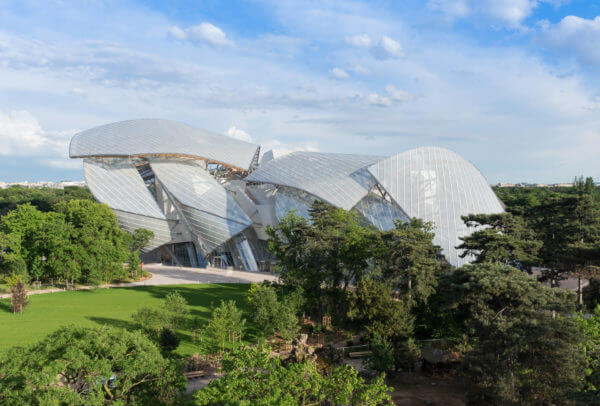
Were confirmation of this soft power ever needed, 1.2 million visitors traipsed through the recent Shchukin Collection: Icons of Modern Art exhibition at the Fondation Louis Vuitton, making it Paris’ most-viewed show since Tutankhamun at the Petit Palais in 1967. Take that, King Tut!
Art is also a powerful way to leverage influence. For the same Shchukin exhibition, Arnault and his emissaries succeeded in bringing, from Russia, an exceptional collection of modern paintings which hadn’t been seen together since 1948. Art can be a foremost diplomatic tool.
Beyond these grand schemes, and the increased awareness they bring, art lends credibility too. In return for his or her generosity, the patron becomes an artist in turn. Or can at least claim to “make art” in their own way, through the products they provide: fashion, jewellery, handbags, watches… Which may on occasion bear the signature of one of their friends or relations from the art world (Jeff Koons, Murakami, Anish Kapoor, et al).
As a reflection of our times, the Fondation Cartier embraces all creative fields and genres of contemporary art, ranging from design to photography, from painting to video art and from fashion to performance art.
Corporate patronage also has its detractors, who see it as “a vehicle for communication on a giant scale” and a means of obtaining “particularly advantageous fiscal conditions.” For Jean-Michel Tobelem, a “specialist in patronage” who lectures at Paris 1 University, it’s a simple equation: modern and contemporary art is a luxury “product”, reserved for an international elite.
If anyone can take credit for opening up this entente cordiale between business and the art world, it is Alain-Dominique Perrin. The Jean Nouvel-designed building in Paris dates from 1994, but Perrin set up the Fondation Cartier pour l’Art Contemporain ten years before, following a suggestion from his friend, the sculptor César.
“As a reflection of our times, the Fondation Cartier embraces all creative fields and genres of contemporary art, ranging from design to photography, from painting to video art and from fashion to performance art. This testifies to the Fondation Cartier’s commitment and skill, to its blend of rigor and eclecticism which opens up contemporary art and renders it more accessible,” an official text informs us.
While there is, apparently, no direct link between Cartier’s products and the work of its foundation, a perfusion takes place, a percolation between art and Cartier’s image which benefits from the freedom contemporary art affords. It’s worth noting that of the almost two hundred exhibitions the Foundation has staged, many have gone beyond the mainstream to deliver a provocative, critical message of contemporary society, and its political, economic and social choices. Patronage in the true sense.
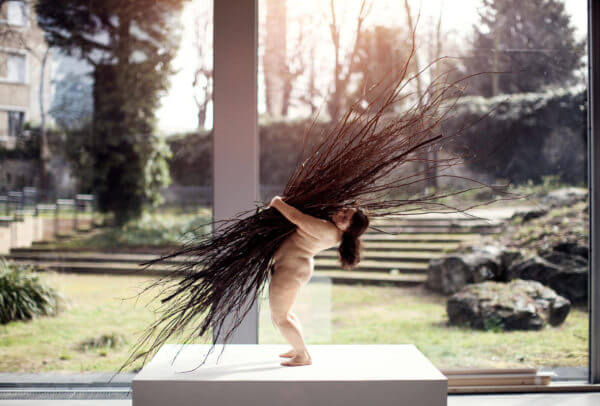
Returning the favour, in 2012 an “exceptional presentation” (Cartier’s words) did take place. This was Cartier, Jeweller of the Arts. David Lynch, Alessandro Mendini, Takeshi Kitano and Beatriz Milhazes “each met and worked with the Cartier master jewelers; from this passionate exchange four exceptional art works were created – extraordinary unique materials for the artists and a new life for these stones that no longer corresponded to the jeweler’s high standards.” A declaration that doubles as a confession, for a jeweller – and similarly a watchmaker – must meet “expectations” of craftsmanship which the artist is free to ignore, contenting himself or herself with second-rate stones to make a first-rate work. The artist is in possession of a philosopher’s stone that transforms craft into art. To watchmaking’s envy.
Audemars Piguet acquired the relatively unique status, for a watch brand, of curator and influencer in the contemporary art world.
Audemars Piguet's Art Project
Art is not the preserve of the big luxury groups. Four years ago, Audemars Piguet, still a family firm, launched its Art Project in collaboration with the Art Basel shows in Basel, Miami and Hong Kong. As François-Henry Bennahmias, Audemars Piguet CEO, notes, “Art Basel has a very global, very sophisticated audience that perfectly aligns with our brand.” Cosying up to the international art world thus creates a space in which to address “as equals” major collectors and to familiarise them with your name and with the watchmaker’s art. However, while François Bennahmias has nothing but praise for this union of art and watchmaking, which offers his teams and his brand “a wider vision of life”, he is lucid enough to distinguish between the two. “Our job is to go on making watches. Artists, meanwhile, must continue to focus on their art. We have a lot to learn one from the other, but asking an artist to make a watch definitely isn’t part of our plans.”
Commissioning an artist, on the other hand, is a means of spotlighting the “intertwining roots” of art and watchmaking. The ball was set rolling in 2012 for the 40th anniversary of the Royal Oak. Audemars Piguet brought three internationally renowned artists to the brand’s birthplace, La Vallée de Joux, as inspiration for their contribution to a commemorative travelling exhibition. Following this experience, the brand signed a deal with Art Basel, and artists were invited by Audemars Piguet to produce installations around two common denominators of art and watchmaking: complexity and precision. In doing so, Audemars Piguet acquired the relatively unique status, for a watch brand, of curator and influencer in the contemporary art world. With, it must be said, some rather fine creations at the end.
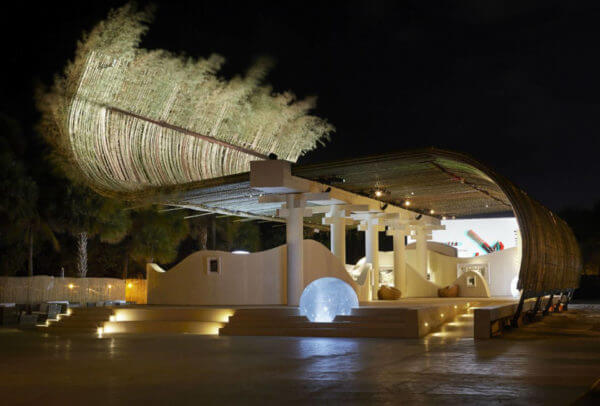
Shown by Audemars Piguet at Art Basel Miami 2016, Reconstruction of the Universe is a spectacular work by the Chinese artist Sun Xun. An architectural pavilion as much as a sculpture, it is a swooping, curved structure made from bamboo and metal. “The answer to my project is to be found in questions such as What is time? What is history? What is the future? What does now mean?”, the artist explains.
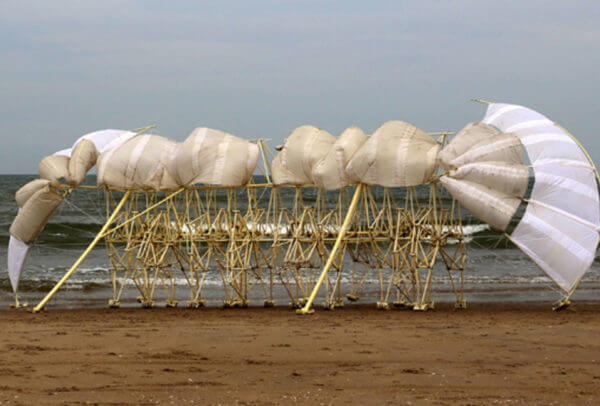
Another production, shown at Art Basel Miami 2014 by Audemars Piguet and the Peabody Essex Museum, Strandbeest is a group of large-format sculptures by the Dutch artist Theo Jansen. Both beast and machine, these sculptures move with the wind, walking forwards or backwards. Complexity and precision indeed.
The next stage will be the construction of a Museum. This time, though, it will be a museum dedicated to a single artist comprising a thousand artisans: Audemars Piguet. The spiral-shaped building has the beauty of certain land art works. “This won’t be a building we see. More a work of art we look at,” noted one observer.
The first stone of the building has been laid. Like its structure, we have come full circle.








